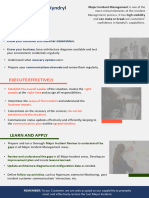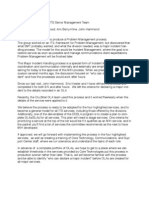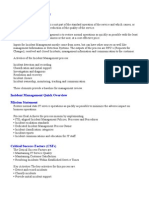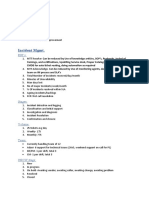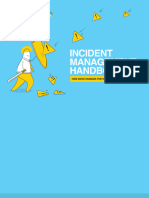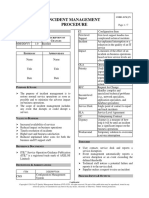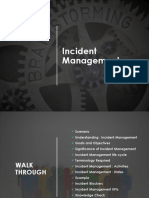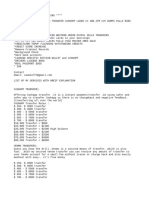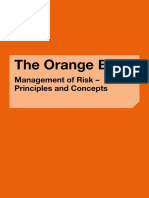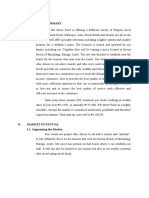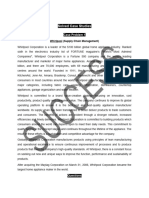0% found this document useful (0 votes)
64 views2 pagesMIM Interview Questions and Answers
The document provides a series of interview questions and sample answers related to Major Incident Management (MIM). Key topics include the MIM process, handling high-pressure situations, avoiding SLA breaches, communication strategies, and conducting Root Cause Analysis. It also discusses the distinction between major and high-priority incidents, relevant KPIs, ITSM tools used, and managing simultaneous incidents.
Uploaded by
mdsami.2040Copyright
© © All Rights Reserved
We take content rights seriously. If you suspect this is your content, claim it here.
Available Formats
Download as PDF, TXT or read online on Scribd
0% found this document useful (0 votes)
64 views2 pagesMIM Interview Questions and Answers
The document provides a series of interview questions and sample answers related to Major Incident Management (MIM). Key topics include the MIM process, handling high-pressure situations, avoiding SLA breaches, communication strategies, and conducting Root Cause Analysis. It also discusses the distinction between major and high-priority incidents, relevant KPIs, ITSM tools used, and managing simultaneous incidents.
Uploaded by
mdsami.2040Copyright
© © All Rights Reserved
We take content rights seriously. If you suspect this is your content, claim it here.
Available Formats
Download as PDF, TXT or read online on Scribd
/ 2












